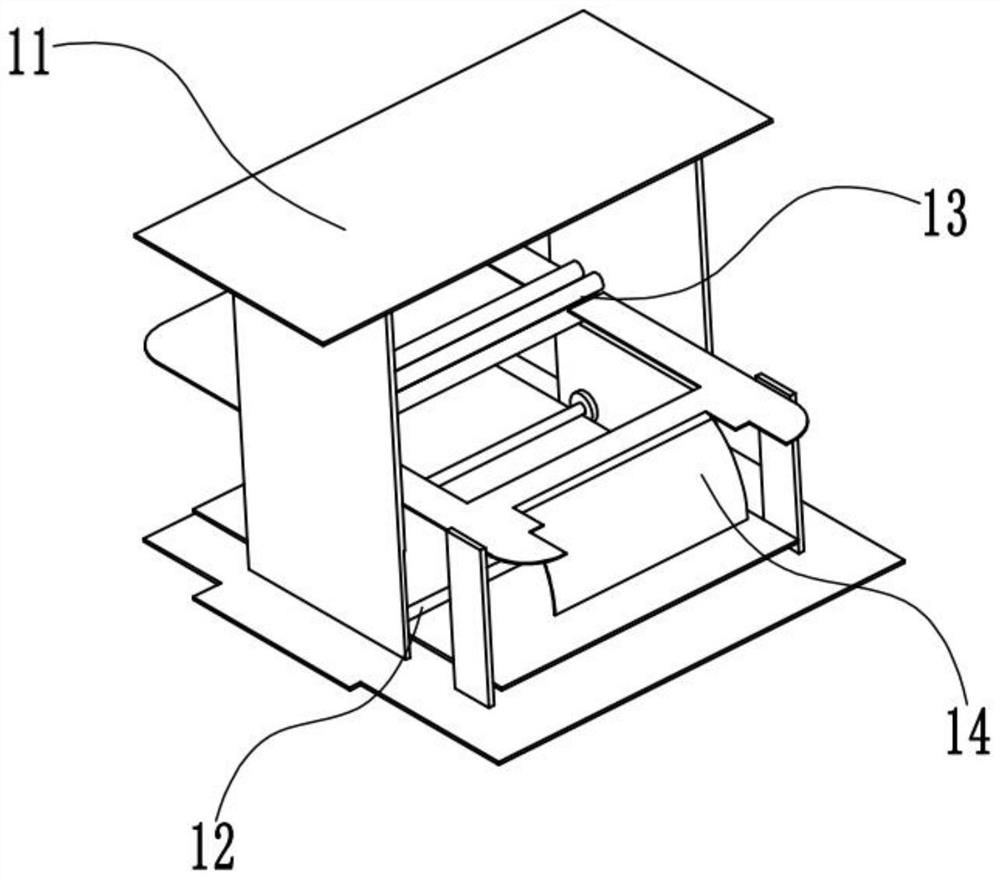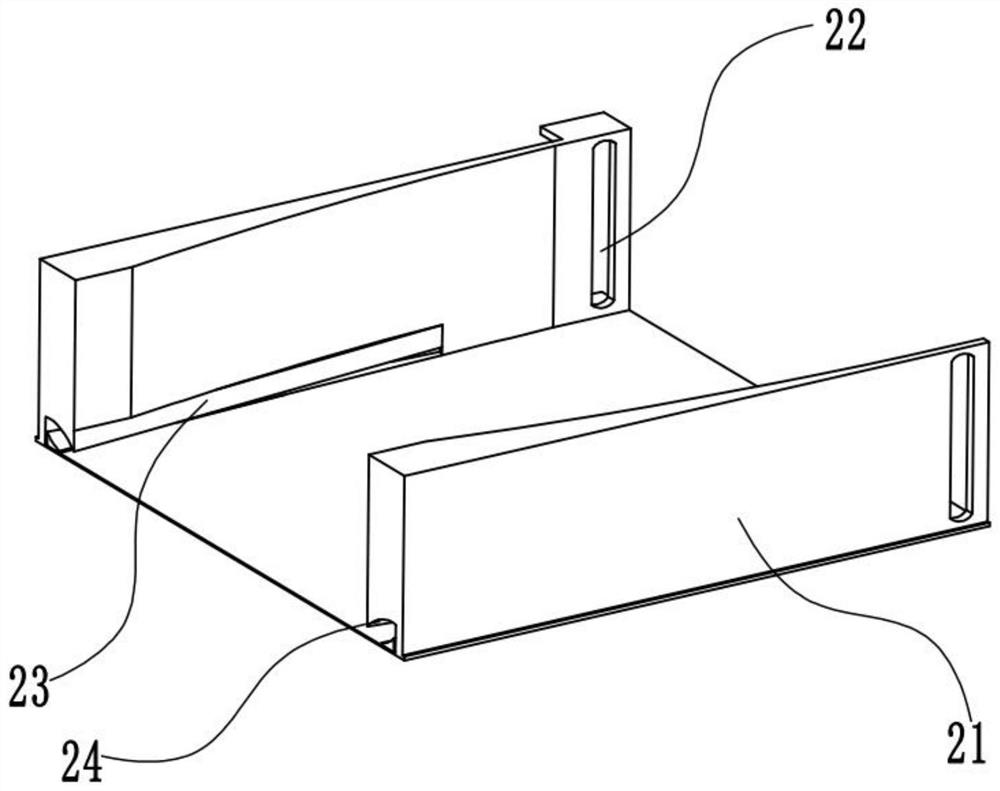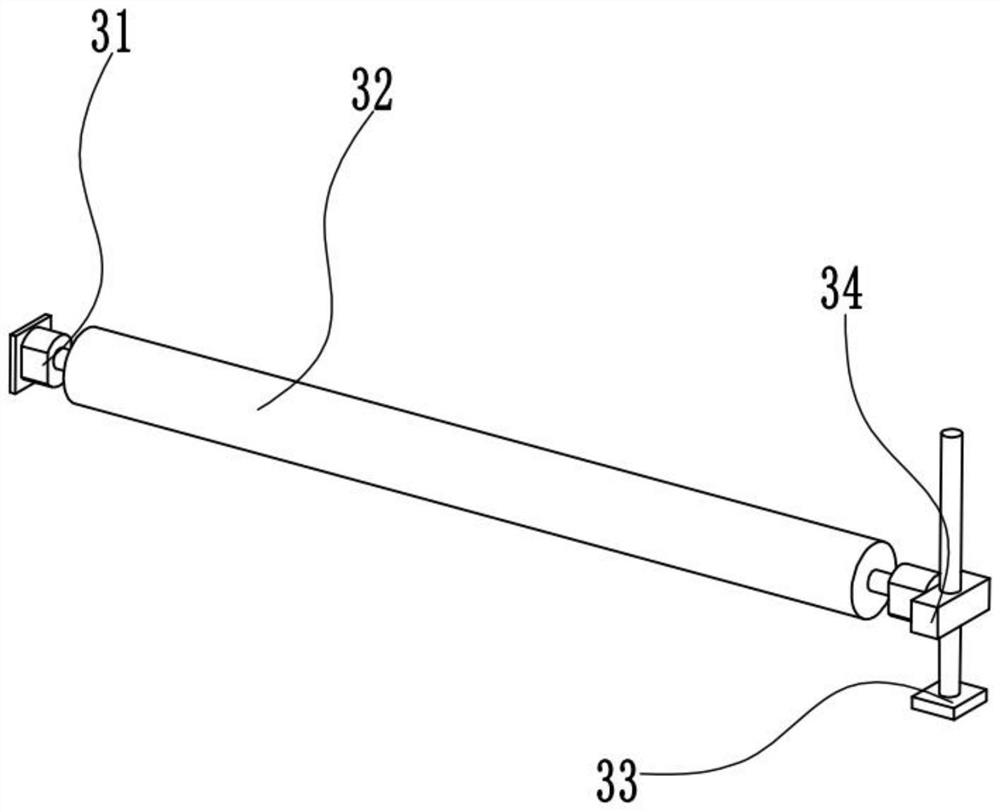Antibacterial fabric and antibacterial fabric processing method and process
An antibacterial fabric and processing method technology, applied in the field of fabric processing, can solve the problems affecting the use effect of antibacterial fabrics and the general bacteriostatic effect.
- Summary
- Abstract
- Description
- Claims
- Application Information
AI Technical Summary
Problems solved by technology
Method used
Image
Examples
Embodiment Construction
[0023] A method for processing an antibacterial fabric, the process comprising the following steps: Step 1: Soak the fabric in an antibacterial solution; Step 2: Set up an antibacterial fabric processing device, and wind the treated fabric on the device; Step 3: With the fabric Moving, the two ends of the fabric are automatically folded; Step 4: Press and sew the folded part of the fabric. The antibacterial fabric prepared by adopting an antibacterial fabric processing method, the content percentage of each component of the fabric is: cotton 10±2%, bamboo pulp fiber 25±5%, acrylic fiber 30±5%, flax fiber 15±2% and 20% ±2% artificial fibers. This kind of fabric has better antibacterial performance, and when the clothing or bedding made of this kind of fabric is used, it will have better antibacterial performance on the edge, so as to better prevent the corners of the clothing from carrying germs.
[0024] according to figure 2 , Figure 8 and Figure 10 Functional descript...
PUM
 Login to view more
Login to view more Abstract
Description
Claims
Application Information
 Login to view more
Login to view more - R&D Engineer
- R&D Manager
- IP Professional
- Industry Leading Data Capabilities
- Powerful AI technology
- Patent DNA Extraction
Browse by: Latest US Patents, China's latest patents, Technical Efficacy Thesaurus, Application Domain, Technology Topic.
© 2024 PatSnap. All rights reserved.Legal|Privacy policy|Modern Slavery Act Transparency Statement|Sitemap



